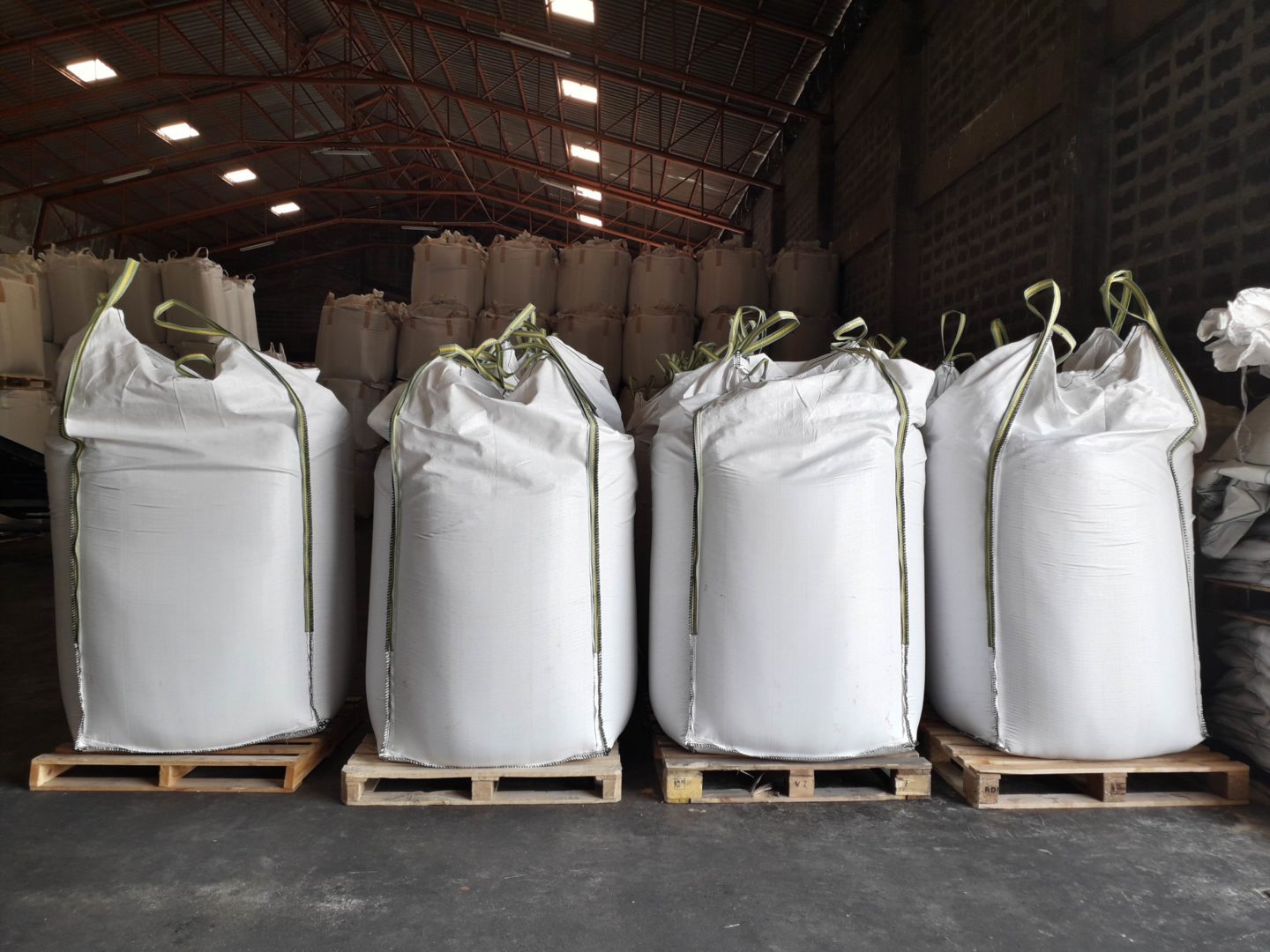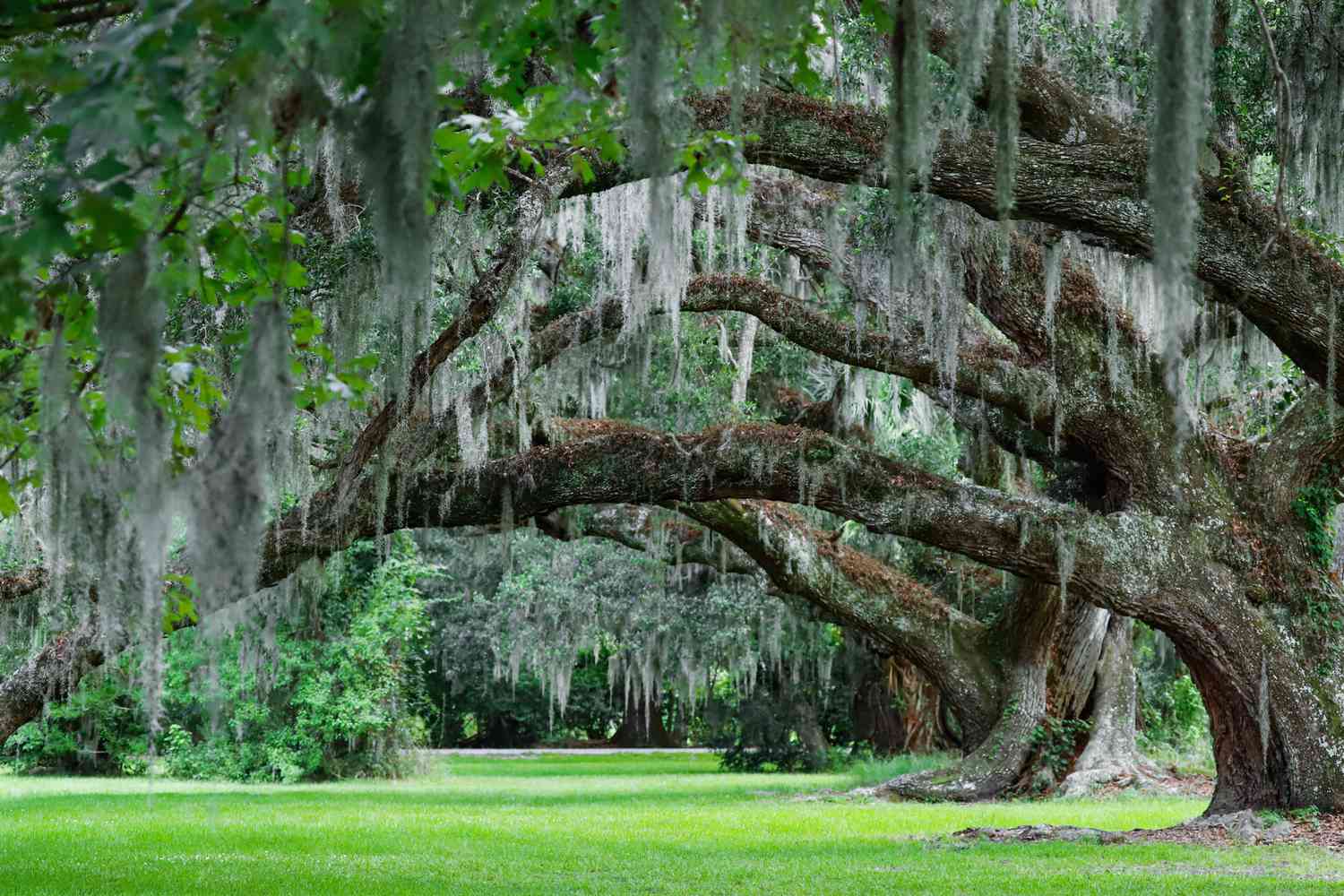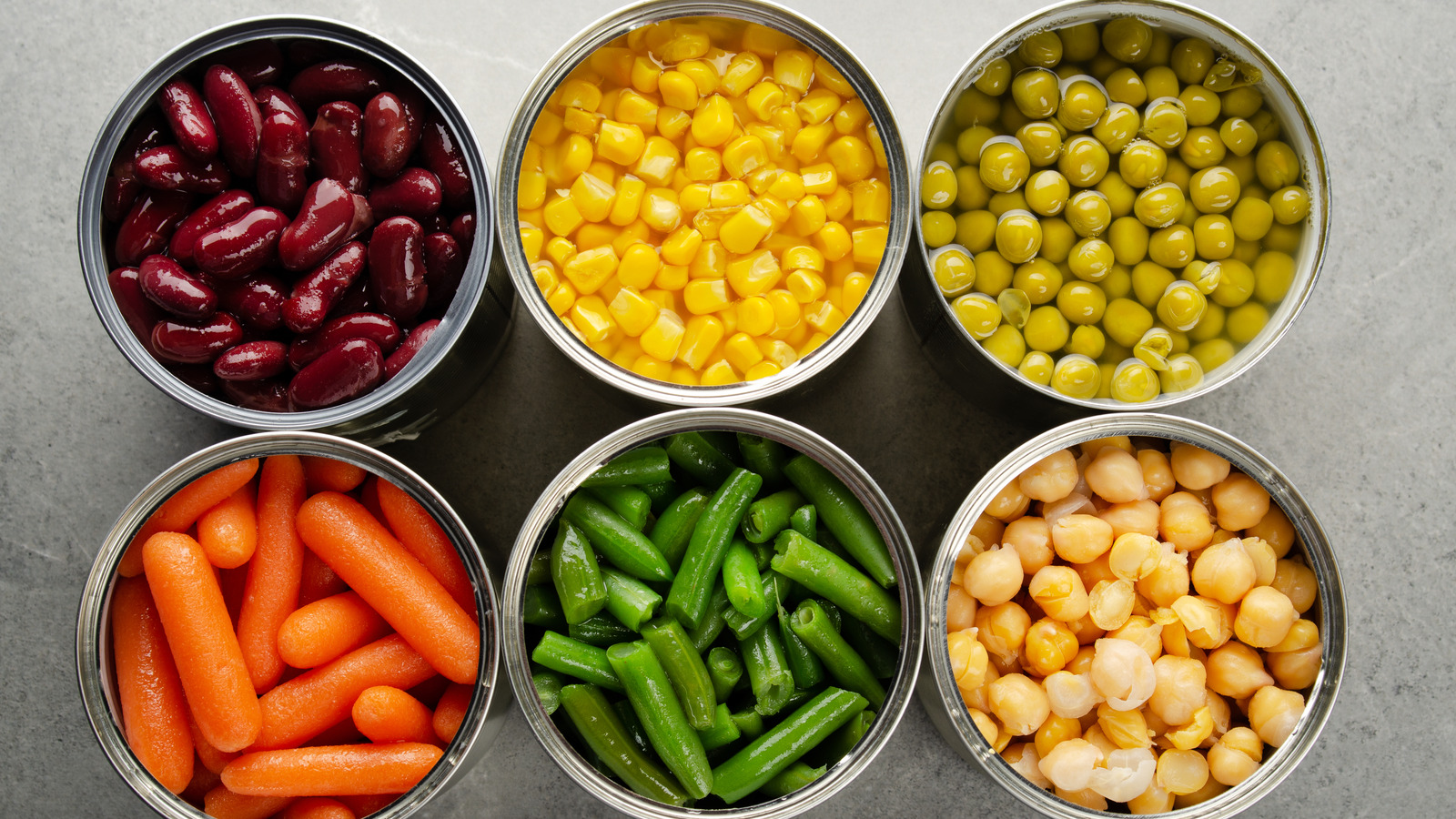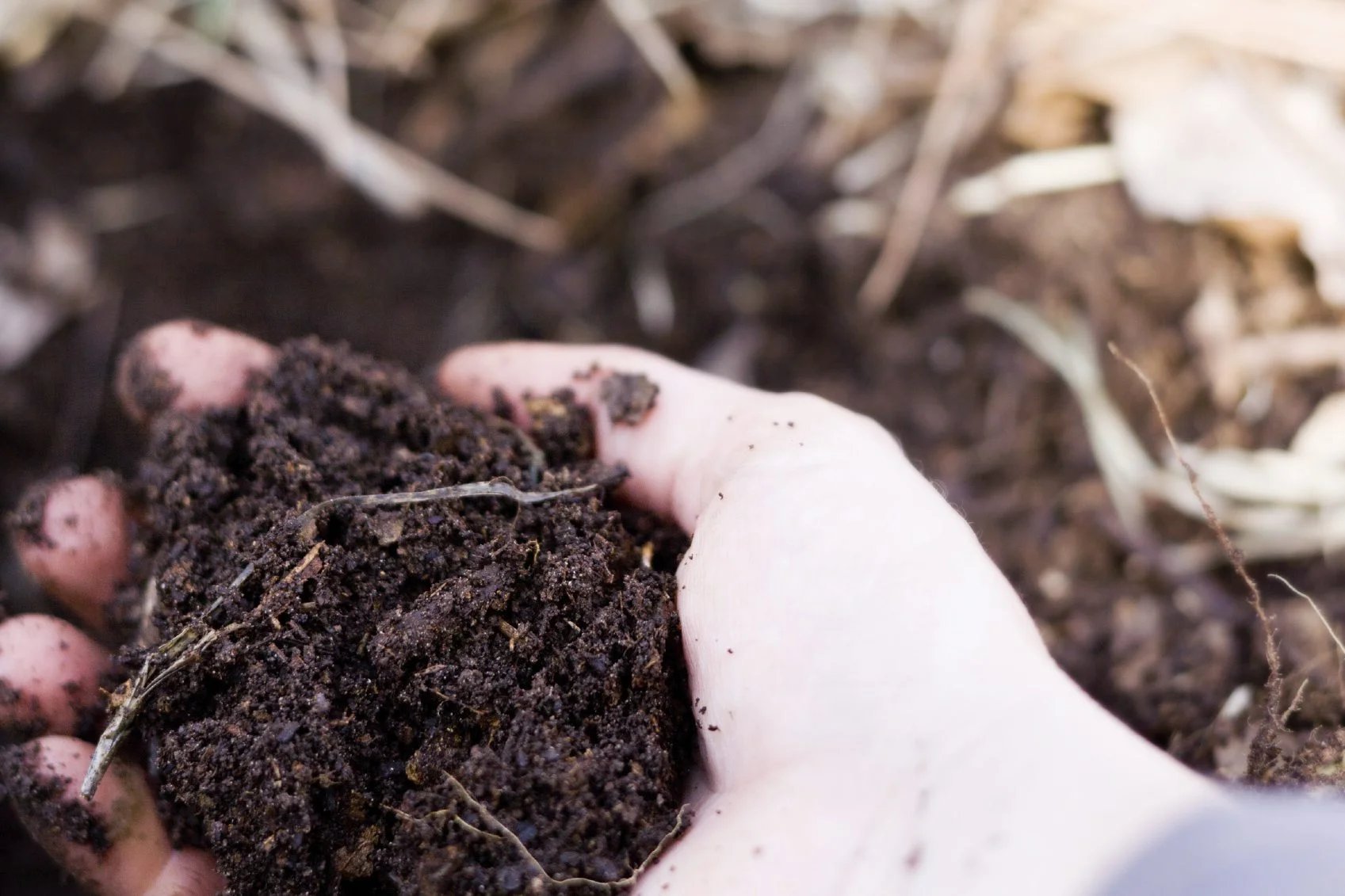Home>Gardening Basics>How Long Can You Store Fertilizer


Gardening Basics
How Long Can You Store Fertilizer
Published: August 5, 2023
Discover how long you can store fertilizer and get started with optimizing your garden. Find out the best practices for getting started with fertilizer storage.
(Many of the links in this article redirect to a specific reviewed product. Your purchase of these products through affiliate links helps to generate commission for Chicagolandgardening.com, at no extra cost. Learn more)
Table of Contents
Introduction
Welcome to our comprehensive guide on how long you can store fertilizer! Whether you’re a seasoned gardener or just starting out, understanding the shelf life of fertilizers is crucial for maintaining the health of your plants and maximizing their growth potential.
When it comes to storing fertilizer, there are several factors that can affect its longevity. Temperature, humidity, exposure to light, and the type of fertilizer all play a role in determining how long it can be stored before it loses its effectiveness.
Throughout this article, we’ll delve into the different types of fertilizers, their respective storage periods, and provide useful tips on how to extend their shelf life. Additionally, we’ll explore the signs of fertilizer degradation and offer guidance on proper disposal of expired fertilizers.
By the end of this guide, you’ll have a clear understanding of how to properly store and manage your fertilizer, ensuring that it retains its potency for longer periods of time, saving you money and promoting the health of your plants. So, let’s dive in and discover the secrets of fertilizer storage!
Factors Affecting Fertilizer Shelf Life
The shelf life of fertilizer can be influenced by various factors. Understanding these factors is essential in ensuring that you store your fertilizer properly to maintain its efficacy. Let’s explore the key elements that can impact the shelf life of fertilizer:
- Moisture: Exposure to moisture can cause the fertilizer to clump or become lumpy, making it more difficult to spread. Moisture also promotes chemical reactions that can degrade the quality and effectiveness of the fertilizer over time. It’s important to keep your fertilizer dry and stored in airtight containers to prevent moisture absorption.
- Temperature: Extreme temperatures can accelerate the breakdown of the nutrients in fertilizer. High temperatures can cause the fertilizer to lose its potency and become less effective. On the other hand, freezing temperatures can lead to the decomposition of organic matter in the fertilizer. It’s best to store fertilizer in a cool, dry place to maintain its stability and quality.
- Exposure to Light: Sunlight can also have a negative impact on fertilizer shelf life. Ultraviolet (UV) rays can break down the chemical components of the fertilizer, making it less potent over time. To protect your fertilizer from light exposure, opt for opaque containers or store them in a dark, shaded area.
- Fertilizer Type: Different types of fertilizers have varying shelf lives. Organic fertilizers, such as compost or manure, generally have a shorter shelf life compared to synthetic fertilizers. This is because organic fertilizers contain living organisms and are more prone to decomposition. Synthetic fertilizers, on the other hand, are chemically formulated and tend to have a longer shelf life if stored properly.
- Container Quality: The quality of the container used for fertilizer storage is crucial. It should be sturdy, airtight, and resistant to moisture and sunlight. Avoid using containers that have previously held chemicals or substances that could contaminate the fertilizer.
By considering these factors and taking appropriate measures to address them, you can significantly extend the shelf life of your fertilizer. Next, we’ll discuss the different types of fertilizers and their respective storage periods to help you make informed decisions about your fertilization practices.
Common Types of Fertilizer and Their Storage Periods
There are various types of fertilizers available on the market, each with its own storage requirements and shelf life. Let’s explore some of the most common types of fertilizers and their respective storage periods:
- Granular Fertilizers: Granular fertilizers are popular due to their ease of use and long shelf life. These fertilizers are typically dry and come in pellets or granules. They can be stored for one to two years when kept in a cool, dry place in sealed bags or containers. However, excessive exposure to moisture can cause the granules to clump together, reducing their effectiveness.
- Liquid Fertilizers: Liquid fertilizers, as the name suggests, come in liquid form and are applied directly to the plants or mixed with water for easier application. These fertilizers usually have a shorter shelf life compared to granular fertilizers. When stored properly, in a cool and dark place, liquid fertilizers can retain their effectiveness for about one to two years. It’s important to check for any signs of separation or discoloration before using them.
- Organic Fertilizers: Organic fertilizers, such as compost, manure, or worm castings, are derived from natural sources. They are rich in nutrients and beneficial microorganisms. However, organic fertilizers tend to have a shorter shelf life compared to synthetic fertilizers. When stored in a cool and dry place, organic fertilizers can retain their effectiveness for up to one year. It is crucial to monitor the moisture content and prevent any exposure to excessive heat or humidity.
- Synthetic Fertilizers: Synthetic fertilizers are chemically formulated and often contain a specific blend of nutrients. These fertilizers generally have a longer shelf life compared to organic counterparts. If stored in sealed containers in a cool and dry location, synthetic fertilizers can be effective for up to three years. It’s important to ensure that moisture does not come into contact with these fertilizers to maintain their integrity.
Remember, the storage periods mentioned above are general guidelines. It’s essential to always check the manufacturer’s instructions and labels for specific information on each fertilizer type. Adhering to proper storage practices can help ensure that your fertilizers remain potent and effective for their intended lifespan.
Storage Tips for Extending Fertilizer Shelf Life
Proper storage is key to extending the shelf life of your fertilizers and maintaining their effectiveness. Here are some helpful tips to help you store your fertilizers properly:
- Keep it dry: Moisture is the enemy of fertilizer shelf life. To prevent moisture absorption, store your fertilizers in a cool, dry place. Use airtight containers or sealed bags to protect them from humidity or water exposure.
- Store away from sunlight: Ultraviolet (UV) rays can degrade the quality of your fertilizers over time. Store them in a dark, shaded area or use opaque containers to block out sunlight. This will help preserve the potency of the fertilizer.
- Maintain proper temperature: Extreme temperatures can negatively impact fertilizer shelf life. Avoid exposing fertilizers to high temperatures, as it can lead to nutrient breakdown. Similarly, freezing temperatures can cause organic matter to decompose. Aim to store your fertilizers in a cool and stable environment.
- Label and organize: Properly label your fertilizers with the date of purchase or expiration. This will help you keep track of their storage periods and ensure that you use them in a timely manner. Additionally, organize your fertilizers by type and expiration date for easier access and inventory management.
- Avoid cross-contamination: It’s important to prevent cross-contamination between different fertilizers. Avoid using the same containers or scoops for different types of fertilizers to prevent chemical reactions or contamination. This will maintain the integrity of each fertilizer and prevent any unwanted reactions.
- Regularly inspect and test: Periodically check your stored fertilizers for any signs of degradation, such as clumping, discoloration, or unusual odors. Test the efficacy of the fertilizer by conducting a small trial on a test area before applying it to your entire garden. This will ensure that the fertilizer is still effective and safe to use.
By following these storage tips, you can significantly extend the shelf life of your fertilizers and ensure that they retain their potency. Proper storage practices not only save you money by preventing the need to prematurely discard expired fertilizers but also help promote healthy plant growth and maximize the benefits of your fertilization efforts.
Signs of Fertilizer Degradation
Over time, fertilizers can degrade and lose their effectiveness. It’s important to be able to recognize the signs of fertilizer degradation to ensure that you are using high-quality and potent fertilizers. Here are some common indicators that your fertilizer may have degraded:
- Clumping or caking: Fertilizers that have been exposed to moisture can form clumps or become lumpy. This can make it difficult to spread the fertilizer evenly and may indicate a loss of effectiveness.
- Change in color or texture: Degraded fertilizers may exhibit changes in color or texture. They may appear discolored, faded, or have a different texture than when they were fresh. These alterations can be a sign that the fertilizer has undergone chemical breakdown or nutrient loss.
- Unpleasant odor: Fertilizers that have gone bad may emit an unpleasant or foul odor. This can be an indication of decomposition or the presence of harmful bacteria or microorganisms. If you detect any strong or rancid odors, it’s best to dispose of the fertilizer properly.
- Ineffectiveness: If you notice that your plants are not responding to the fertilizer as expected, it may be a sign that the fertilizer has degraded. Reduced growth, lack of vibrant color, or decreased yields are indications that the nutrients in the fertilizer are no longer providing the necessary nourishment for optimal plant development.
- Expiration date: Many fertilizers have an expiration date printed on the packaging. If the fertilizer has passed its expiration date, it is recommended to err on the side of caution and replace it with a fresh batch. While the fertilizer may still be usable past its expiration date, its potency and effectiveness may have diminished.
It’s important to monitor the condition of your fertilizers regularly and assess any signs of degradation. Using degraded fertilizers can result in wasted time, effort, and resources, as well as potentially harming your plants. By being aware of the signs of fertilizer degradation, you can ensure that you are using high-quality fertilizers for optimal plant growth and health.
Proper Disposal of Expired Fertilizer
When your fertilizers have reached their expiration date or have degraded beyond use, it’s important to dispose of them properly. Improper disposal can have negative environmental impacts, so here are some guidelines to follow when getting rid of expired fertilizer:
- Check local regulations: Before disposing of expired fertilizer, check with your local waste management authorities or environmental agencies to understand the specific regulations and guidelines in your area. There may be designated collection sites or disposal methods that you should follow.
- Separate organic and synthetic fertilizers: If you have both organic and synthetic fertilizers to dispose of, it’s important to separate them. Organic fertilizers can often be composted or used as soil amendments in non-food growing areas. Synthetic fertilizers, on the other hand, may require special handling due to their chemical composition.
- Don’t flush or pour down drains: Never flush expired fertilizers down toilets or pour them down drains, as they can contaminate water sources and harm aquatic life. These substances should not enter the water supply or drainage systems.
- Consider recycling options: In some cases, fertilizers can be repurposed or recycled. Reach out to local gardening or agricultural organizations to see if they have any programs or facilities that accept expired fertilizers for recycling or reprocessing.
- Label and package properly: If you need to dispose of expired fertilizers, ensure that they are properly labeled and packaged for transportation and disposal. Use sturdy containers that won’t leak or break, and clearly mark them as expired or unusable fertilizers.
- Dispose at hazardous waste facilities: If your local regulations require it or if you are uncertain about the proper disposal method for your expired fertilizer, contact hazardous waste facilities in your area. They can provide guidance on how to safely dispose of fertilizers that contain potentially harmful substances.
Remember, proper disposal of expired fertilizers is essential to protect the environment and prevent any potential harm to living organisms. By following these guidelines and adhering to local regulations, you can ensure that your expired fertilizers are disposed of responsibly and safely.
Conclusion
Understanding the shelf life of fertilizers and implementing proper storage practices is essential for maintaining the efficacy of your fertilizers and promoting healthy plant growth. Factors such as moisture, temperature, exposure to light, and fertilizer type can influence how long fertilizers can be stored before they degrade. By keeping your fertilizers dry, protected from sunlight, and stored in appropriate temperatures, you can extend their shelf life and maximize their effectiveness.
Granular fertilizers, liquid fertilizers, organic fertilizers, and synthetic fertilizers all have different storage periods, so it’s important to carefully monitor their condition and adhere to the manufacturer’s guidelines. Regular inspections and testing will help you identify any signs of degradation, such as clumping, changes in color or texture, unpleasant odors, or ineffectiveness. If your fertilizers have expired or degraded beyond use, it’s important to dispose of them properly to prevent environmental harm. Check local regulations, separate organic and synthetic fertilizers, avoid flushing or pouring them down drains, and consider recycling options or hazardous waste facilities for appropriate disposal.
By following these guidelines, you can ensure that your fertilizers retain their potency, save money by using them effectively, and contribute to the health and vitality of your plants. Remember, proper storage and disposal practices are key to maintaining the integrity of your fertilizers and supporting sustainable gardening practices.










